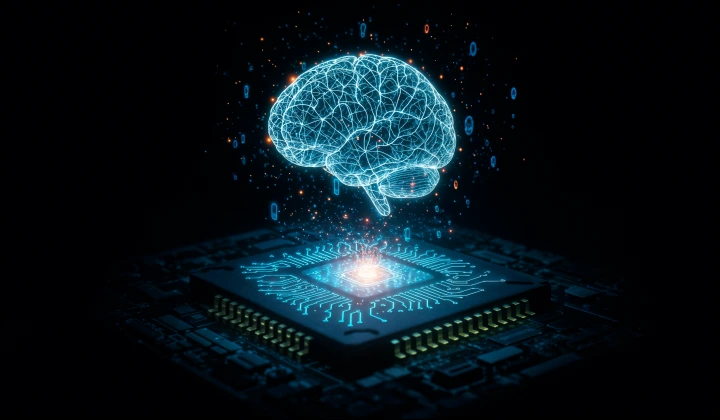A year ago, AI app development meant adding a chatbot, an automation layer, or a smart recommendation engine. Today, the idea has shifted completely.
In 2025, every serious product is becoming intelligent by design, capable of reasoning, adapting, and evolving with real-world data. The next generation of AI apps no longer just respond to users; they learn from them, understand context, and make informed decisions.
That shift is redefining how teams approach AI app development, from architecture to design to deployment.




 18 mins
18 mins











 Talk to Our
Consultants
Talk to Our
Consultants Chat with
Our Experts
Chat with
Our Experts Write us
an Email
Write us
an Email





